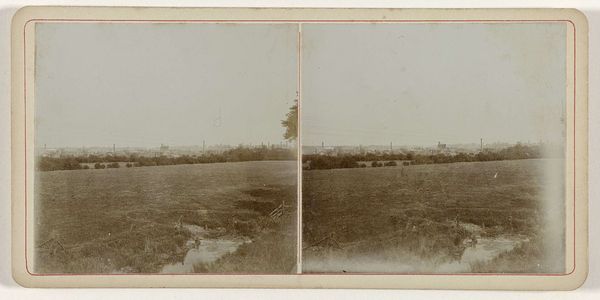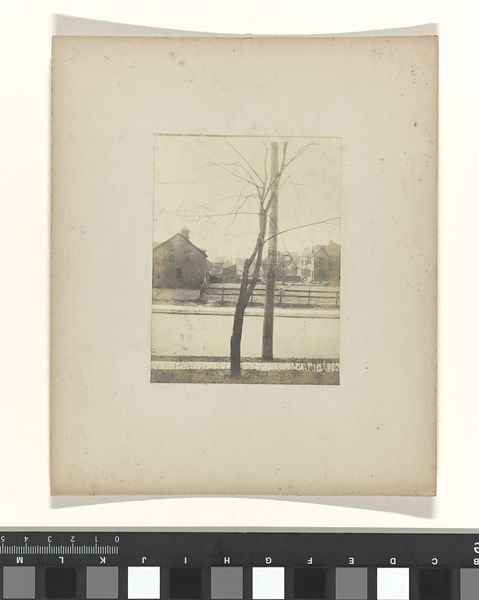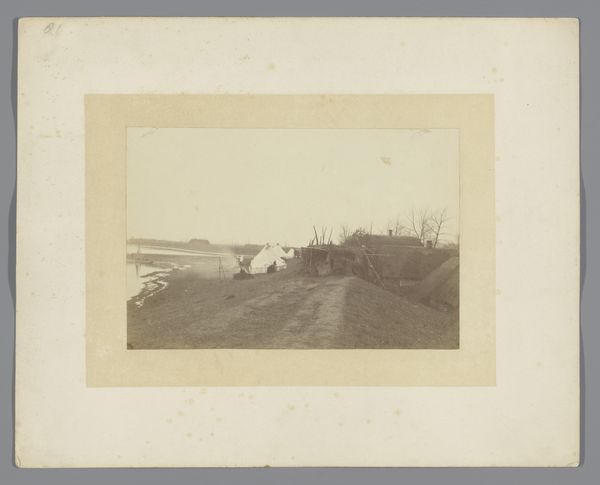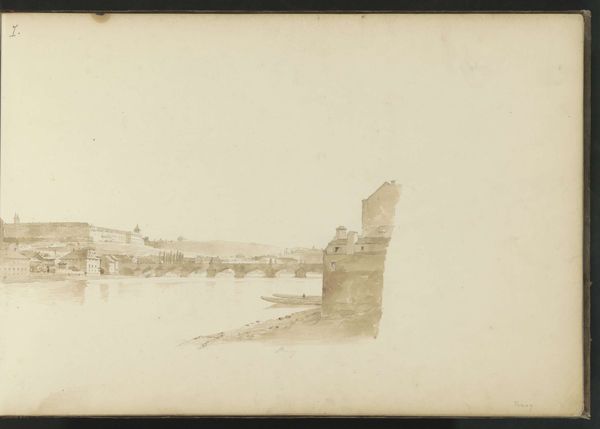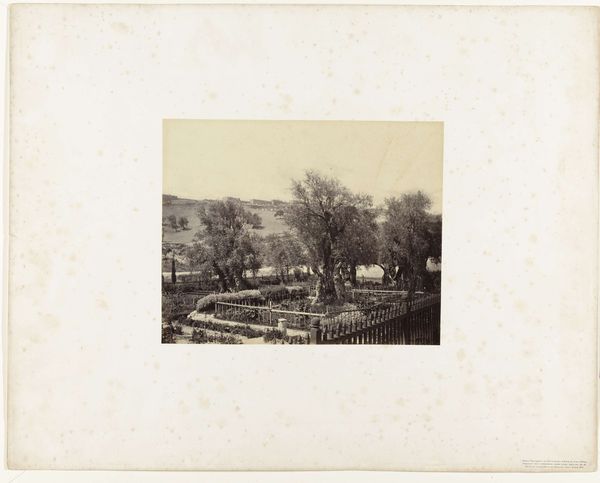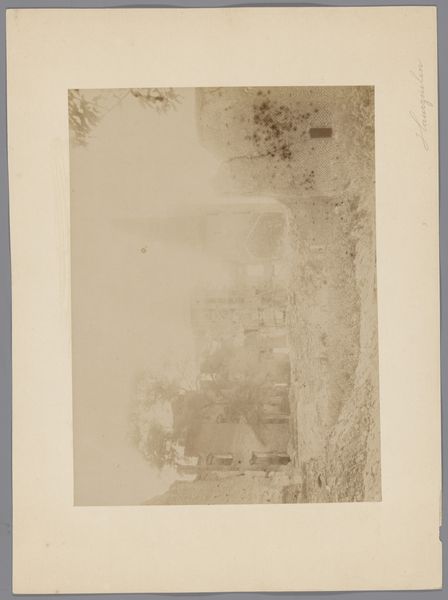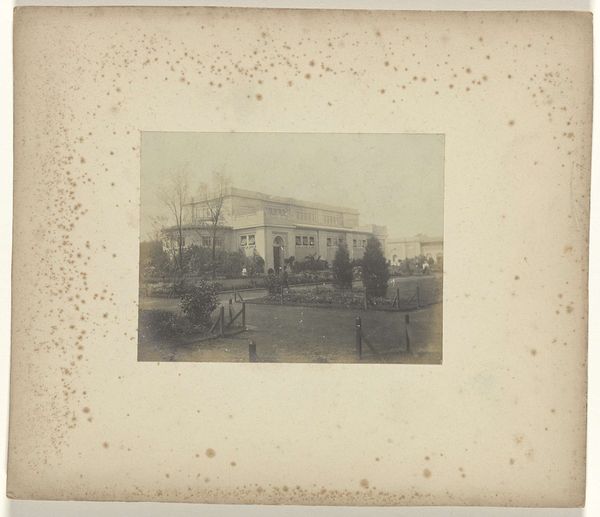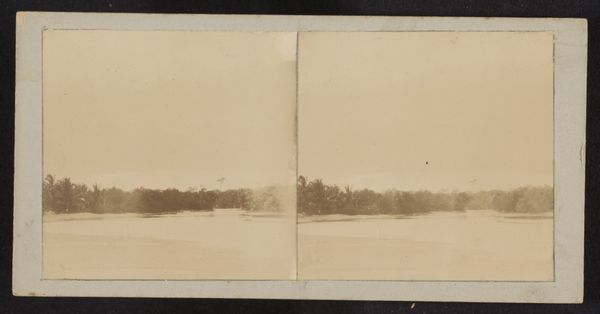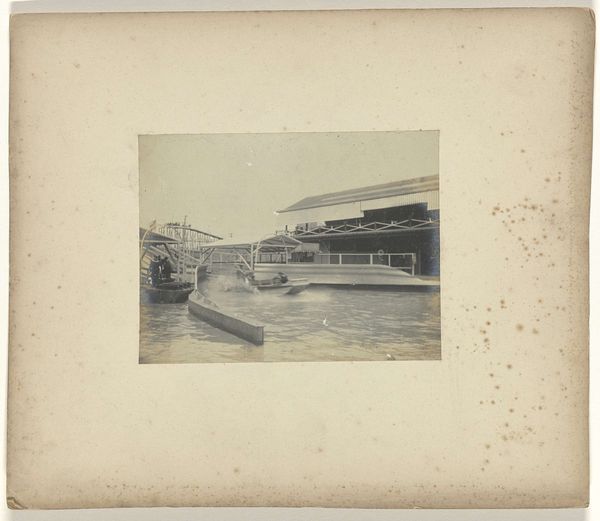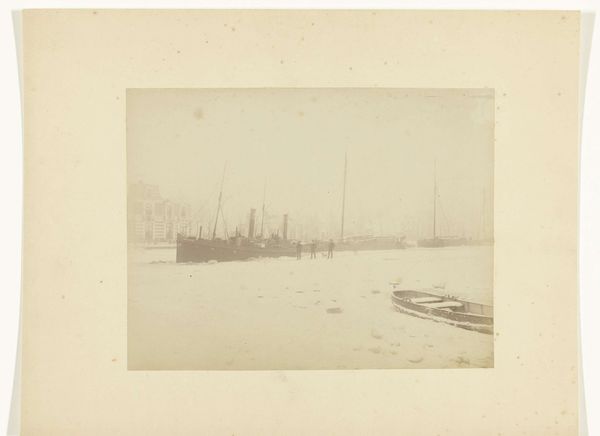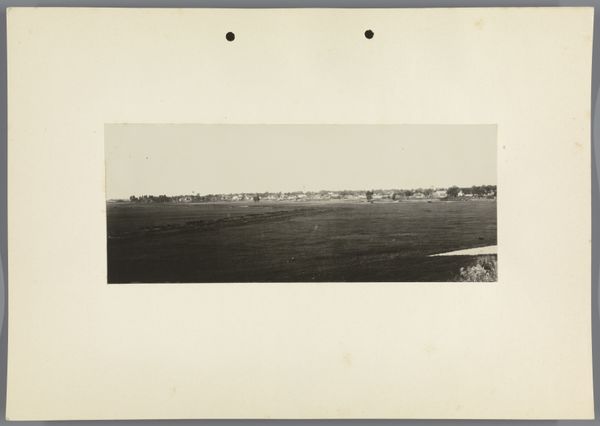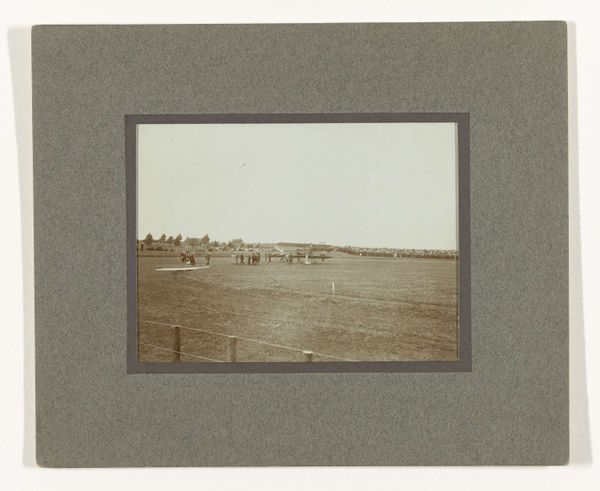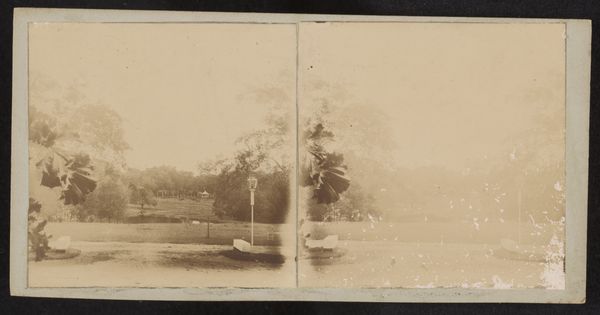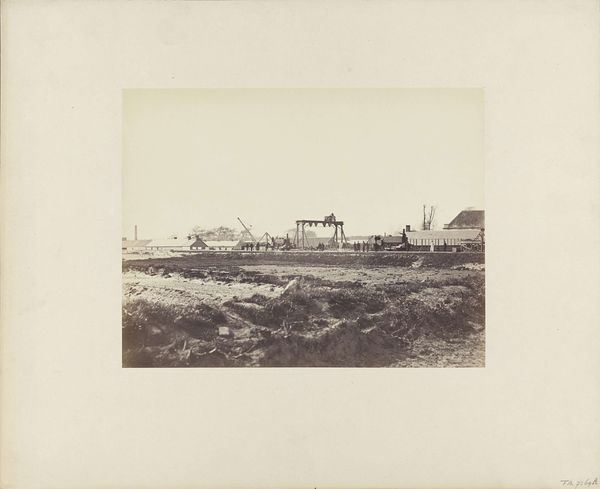
photography, gelatin-silver-print
#
photo of handprinted image
#
landscape
#
photography
#
gelatin-silver-print
#
cityscape
#
realism
Dimensions: height 79 mm, width 95 mm
Copyright: Rijks Museum: Open Domain
Editor: This gelatin-silver print, “Gezicht over het water, in of bij St. Louis,” taken around 1904-1905 by Jan Schüller, has such a hazy, dreamlike quality. It feels incredibly distant and quiet. What strikes you about this piece? Curator: The hazy quality, as you call it, immediately draws my eye to the interplay of visibility and obscurity. What isn't shown often carries as much weight as what is. Note how the distant skyline and faint flag evoke national pride or perhaps even conflict, now muted by time and the photograph's limited palette. Do you notice anything about how the water functions as a symbolic space? Editor: It seems to separate us from the city, adding to that sense of distance. The water looks almost solid, still and reflective, like a barrier. Curator: Precisely. Water is often seen as a symbol of the unconscious, a space of transition and reflection. Here, the artist has rendered it almost impenetrable, solidifying the boundary between the viewer and the promise – or threat – of the city. And the small flag waving? Does it act as an invitation, a warning, or something else entirely? Editor: I hadn't really considered the flag, but its small scale makes it almost poignant, especially against the backdrop of a somewhat bleak cityscape. It feels less like a powerful symbol of a nation, and more like a fragile marker of identity. Curator: Indeed. Schüller's artistic choices – the tonal range, the composition, the seemingly simple subject matter – accumulate to reveal layers of cultural memory and individual experience. This photograph is not merely a snapshot; it is a meditation on place, identity, and time itself. Editor: I see that so clearly now. I came in thinking the image was a straightforward cityscape, but it’s a deeply symbolic reflection of the past. Curator: Precisely. Now you're seeing the cultural narratives embedded in the image, waiting to be rediscovered.
Comments
No comments
Be the first to comment and join the conversation on the ultimate creative platform.
